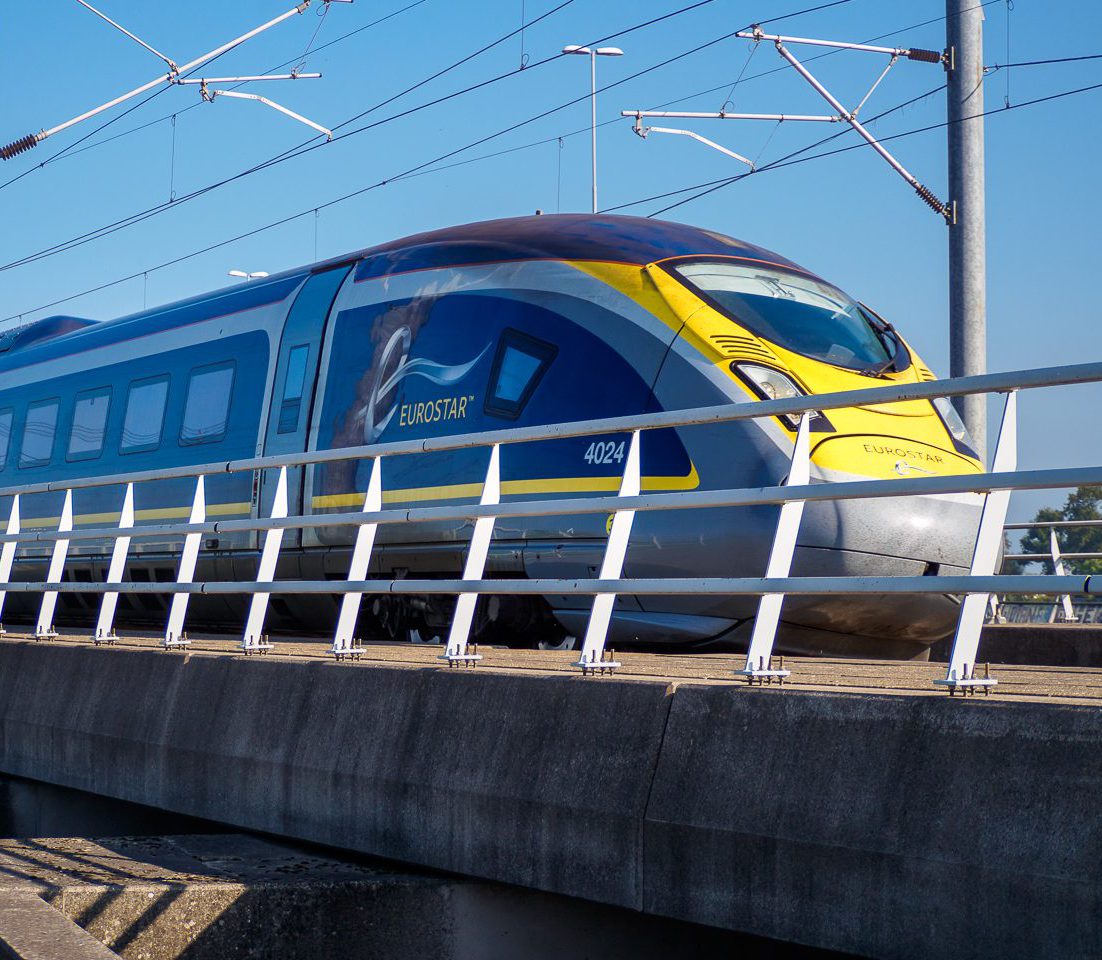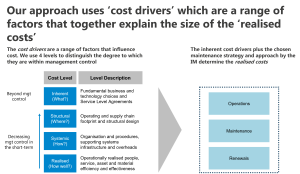HS1 Route Cost Benchmarking
HS1 Route Cost Benchmarking
High Speed 1 Ltd (HS1 Ltd) holds the concession for the high-speed rail line in the UK, which connects London to Paris, Brussels, Amsterdam and Europe. They are regulated by the Office of Rail & Road (ORR) and set five-year business plans that should be efficient while delivering quality services.

Challenge
Rebel has provided independent input into setting HS1 Ltd’s cost plans that will be in place from 2025 to 2030. Our role is to benchmark the costs of HS1 Ltd and its supplier (Network Rail High Speed (NRHS)) against high-speed rail Infrastructure Managers in Europe. The key to benchmarking is to get the right comparators on-board and understand the data in enough detail to make meaningful comparisons. This means understanding whether a good practice in one country really can be transferred to HS1 / NRHS.
The approach
This is the fourth such benchmark that we have undertaken, and each time we have added a greater understanding of how each of the infrastructure managers and each time we have added a greater understanding of how each of the infrastructure managers deliver their outputs.
The study involves 15 high-speed lines across 6 organisations in 5 European countries. One of the most important aspects of the approach is to distinguish between:
- Cost drivers – the factors that influence how big or small the costs of being an infrastructure manager are. Some of these are beyond management control (e.g. the size of the network and the technology in use), and some of them are influenced by management action (e.g. how work is delivered, and contracting strategies)
- Out-turn costs – the actual costs that result from the interaction of all the cost drivers.
We use four categories of cost-drivers, with the distinction being over what time-period it might be possible to change the cost drivers. This is a proxy for how much it is within management’s control.

When have received and thoroughly checked the data from comparator organisations, we first ‘normalise’ for what we call the ‘inherent’ cost-drivers. These are the cost drivers that relate to the size and nature of the infrastructure itself, and can only be adjusted in the long-term. For example, the length of the high-speed line, tonnage, number of tunnels, Switches & Crossings, etc.
We then compare costs and look to identify:
- First, examples of best practice in other comparators that appears to lead to improved performance and/or lower costs
- Secondly, whether these practices could be transferred to HS1 / NRHS or whether there are other factors – for example scale of organisation, or technology differences – that mean the practice could not be implemented in the UK.
For practices we consider are transferable we calculate: - The potential £ savings each year, with an upper and lower-bound
- The range of dependencies that influence whether the higher or lower efficiency amount can be achieved in practice
- The timescales over which the changes could be implemented.
We have presented our findings and proposals to HS1, NRHS and the wider stakeholder group including the ORR as regulator. This independent input into the process will ultimately determine the efficient costs for the next five-year period for HS1 / NRHS.
Impact
The report demonstrates how HS1 and NRHS can be more efficient to benefit their customers and passengers on the railway.



